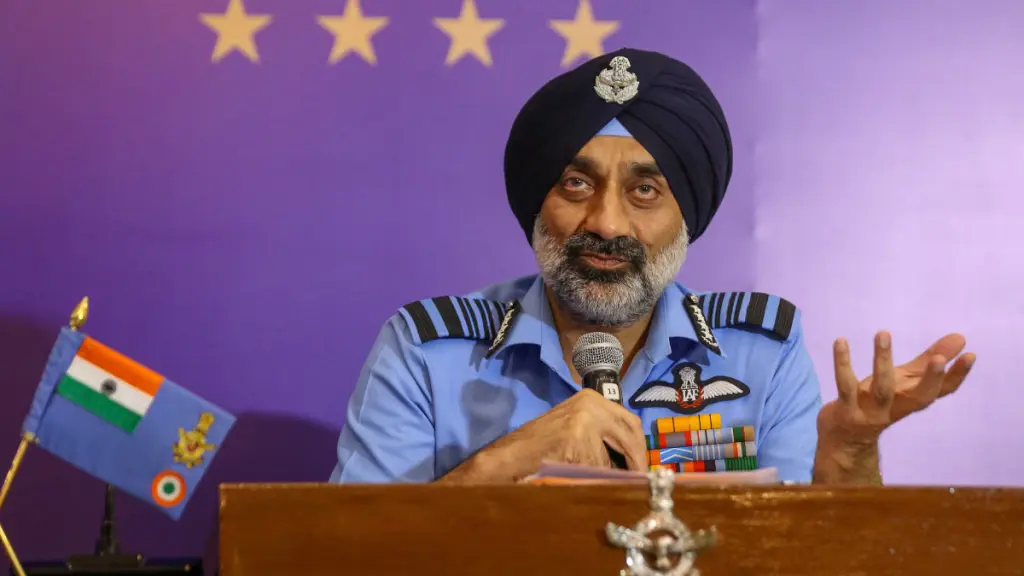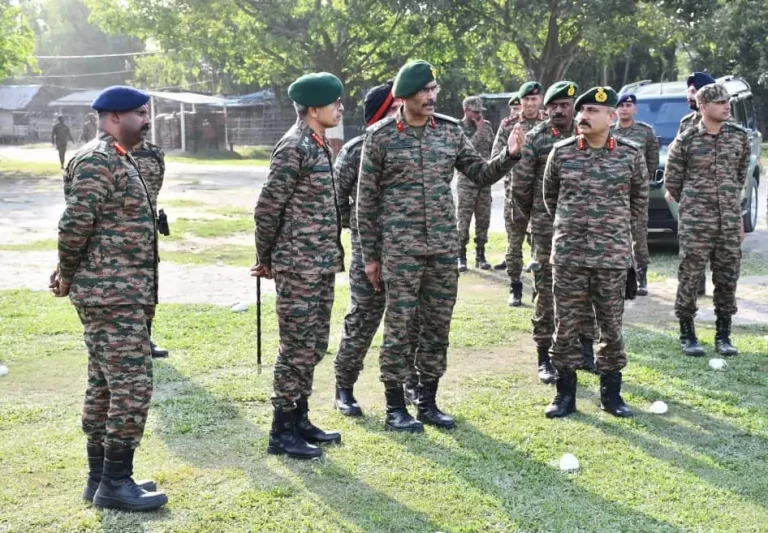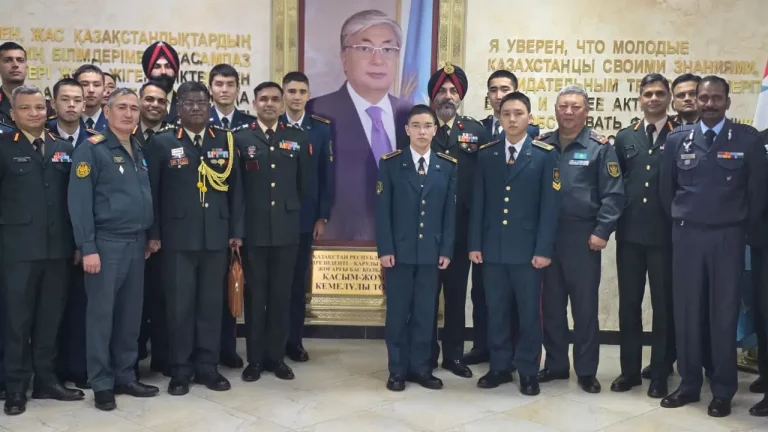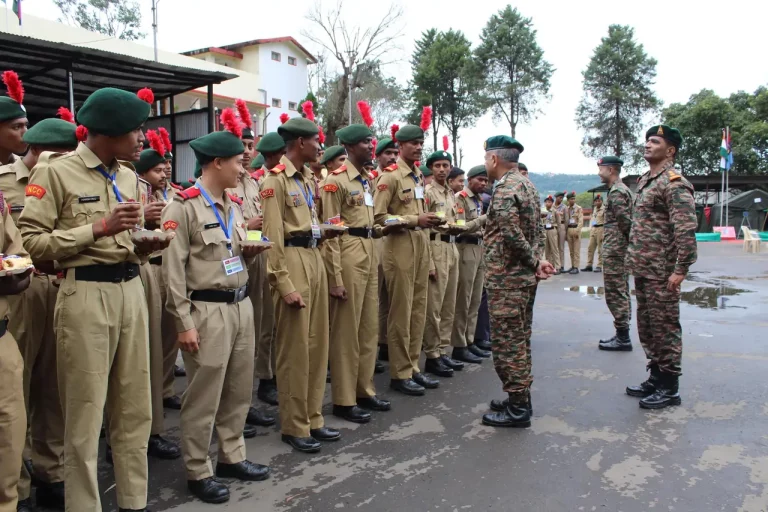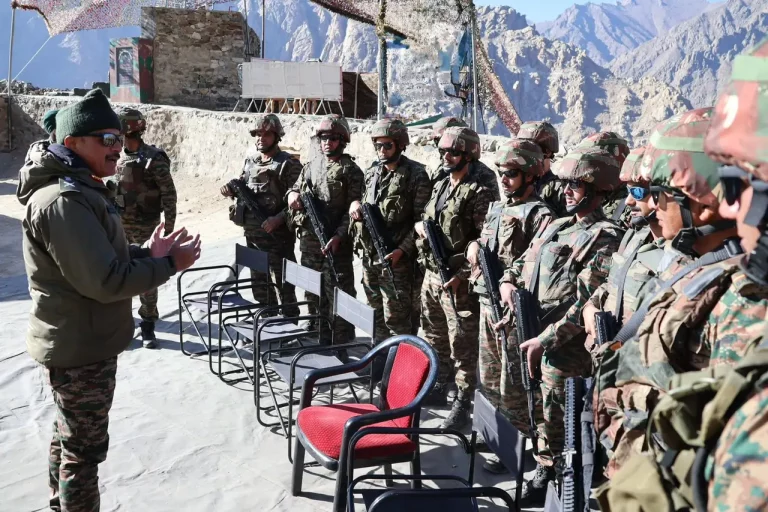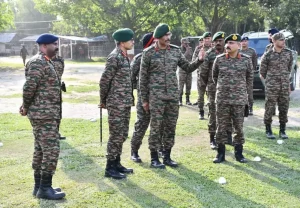Air Chief Marshal AP Singh, the Chief of the Indian Air Force (IAF), recently spoke at the India Defence Conclave hosted by BharatShakti, outlining the evolving role of drones in warfare and reasserting the irreplaceable value of manned aircraft. While acknowledging the transformational impact of drones on modern military strategies, ACM Singh stressed that they function primarily as supporting assets rather than as decisive elements in warfare.
He pointed out that drones are cost-effective tools for surveillance and precision strikes but lack the capacity to engage heavily fortified targets deep within enemy lines. “Drones can create confusion and collect data, but they lack the payload and penetration capacity to decisively neutralise hardened targets,” he stated, underscoring the necessity of manned aircraft for high-intensity operations that require more extensive capabilities.
ACM Singh reinforced the importance of human involvement in tactical operations, noting that top air powers around the globe are advancing towards sixth-generation aircraft that incorporate manned-unmanned teaming. “Human judgment remains critical to tactical decision-making and mission success,” he remarked, highlighting that the future of aerial combat lies in integration rather than replacement.
Addressing the potential dominance of long-range missiles in future conflicts, ACM Singh articulated the need for a diversified arsenal. He likened operational strategies to medical treatments, insisting, “You need a mix of everything,” to ensure mission-specific effectiveness and tactical unpredictability. This balanced approach could allow for a more adaptable and responsive military posture in diverse combat scenarios.
On the topic of enhancing India’s defence capabilities, ACM Singh called for a vigorous drive towards self-reliance, known as Atmanirbhar Bharat. He emphasized the need for quicker progress in indigenous defence production, advocating for the empowerment of the private sector and the formation of strategic global partnerships. “We need to pace up a little more,” he urged, promoting a model of ‘smart self-reliance’ that synergizes domestic innovation with crucial international collaborations to bridge technological gaps and foster sustainable growth.
Reflecting on past military operations, ACM Singh drew lessons from Operation Sindoor in 2025, highlighting India’s strategic execution and clear objectives during that conflict. He noted that India successfully achieved its goals on the first day and wisely opted to accept Pakistan’s request for a ceasefire. “Countries often forget their original aims in prolonged wars. We achieved what we set out to do — and knew when to stop,” he emphasized, pointing out the importance of restraint and precision in securing effective strategic outcomes.
Overall, ACM Singh’s address presents a pragmatic and forward-thinking vision for India’s air power. His emphasis on technological innovation, operational wisdom, and a judicious mix of manned and unmanned platforms reflects the IAF’s commitment to enhancing deterrence and preparedness for future conflicts. As India moves forward in defense indigenization and smart collaborations, the Air Force aims to ensure readiness for the challenges that lie ahead.
